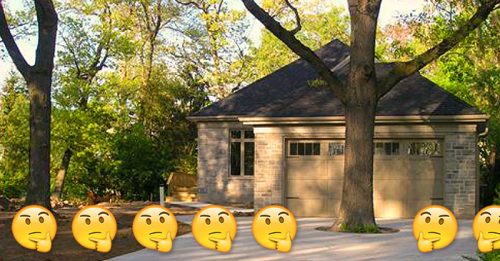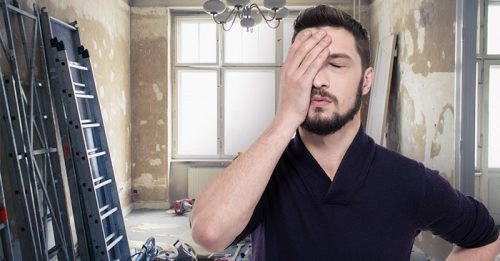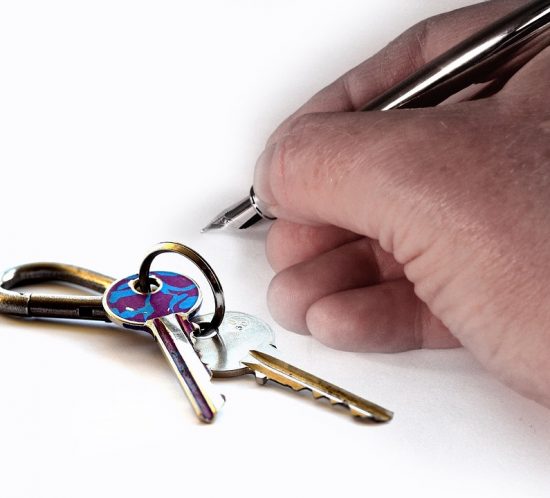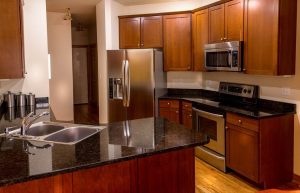8 Ways to Make Buyers Fall in Love With Your Home
We all want people to love our home as much as we do, but especially when it comes to trying to sell it! While it’s impossible to please every buyers’ taste, there are several easy things you can do to make your home more appealing without spending a lot of money.
Check out these 8 easy ways to make buyers fall in love with your home and see if your showings cause buyers to swoon.
1. Check your curb appeal. Take an honest look from the curbside. What are buyers seeing first? If your home needs to be painted or pressure washed, consider making that investment. Clean up landscaping by trimming trees and bushes, planting some fresh annuals and laying new mulch. Clean windows, repair sagging soffit, or porch railings, and have any trip hazards on your driveway or front walk repaired. Finally, consider some attractive, yet subtle decorations for your front porch. Check out this “Grill the Geeks” Episode on ways to improve your home’s curb appeal.
2. Create an inviting entryway. When buyers step inside your front door, you want them to feel welcomed. If you have a foyer or front hall, it is easier to make an attractive entryway, but even if your front door opens right into your living room, you can create the feel of an entryway with a couple of simple tricks. Clear the area of clutter things that tend to pile up at the front door, like backpacks, dog leashes, or shoes. Place a small table or bench beside the door with plants, candles, or other simple décor. A small area rug can help define the space as the entryway.
3. Let the light shine in. Take advantage of natural light as much as you can. Trimming any bushes or trees outside your windows can help immensely. Wash your windows inside and out and replace or remove any worn screens. Make sure to open blinds or curtains before all showings.
4. Add some fresh color. Painting is an easy and inexpensive way to make an older home look new and is especially important if your current wall color is dark or outdated. Choose a light neutral color like a warm grey or light beige and use the same color throughout the house. If your home tends to be dark, this will help brighten it up.
5. Let storage spaces speak for themselves. Many sellers make the mistake of waiting until they have a contract to start cleaning out closets. Cleaning out clutter is part of getting ready to show, not just getting ready to move. You want buyers to perceive that there is ample storage in the home, and this doesn’t work if every drawer, cabinet, and closet is stuffed to the gills.
6. Eliminate distractions. Streamline your decorating so your buyers see the house and not your collection of Mexican roosters. Go ahead and pack up collectibles and family photos and keep decorative touches to the minimum. Too many plants, magazines, or toys distract the buyers from seeing the home as their own.
7. Entice them with outdoor space. The back yard shouldn’t be an empty space of infinite possibility, nor should it be a storage area for neglected toys. Get rid of any eyesores you’ve been avoiding dealing with, spruce up your landscaping, repair irrigation or pool issues, and create an entertaining space with a patio set, or a backyard oasis with some potted plants and a hammock.
8. Make it easy for them. Taking care of minor repairs is another step you can take to help buyers see your home as an easy and comfortable move. You want them to be mentally arranging their furniture as they walk through, not making a list of nicked woodwork, torn window screens, and leaky faucets. The less work involved, the easier it is to fall in love.






















